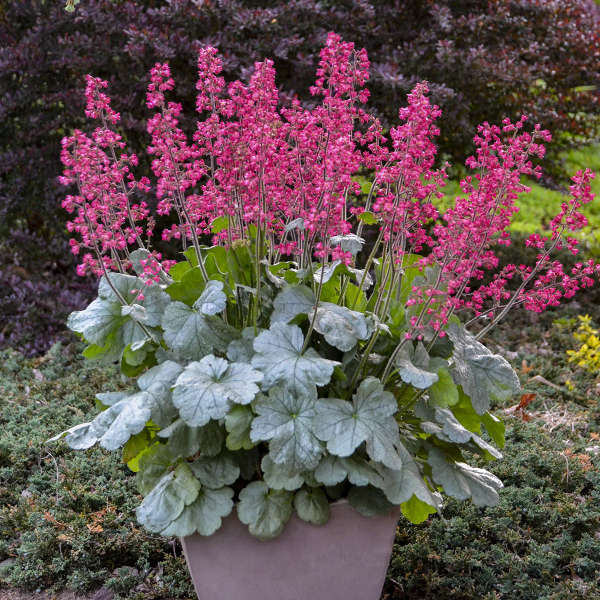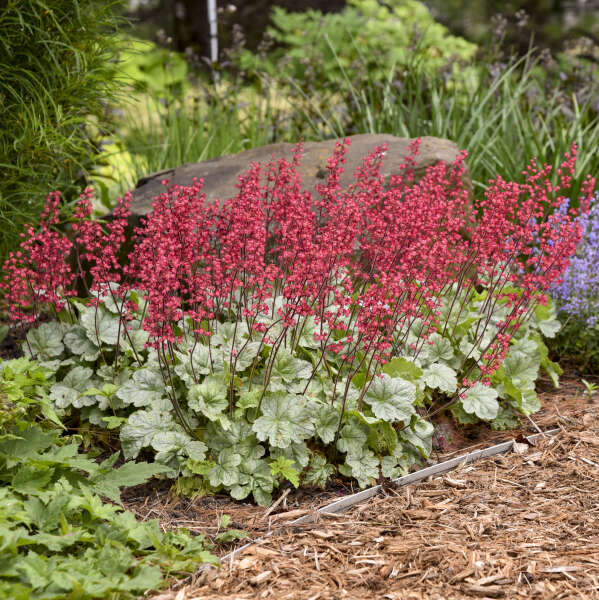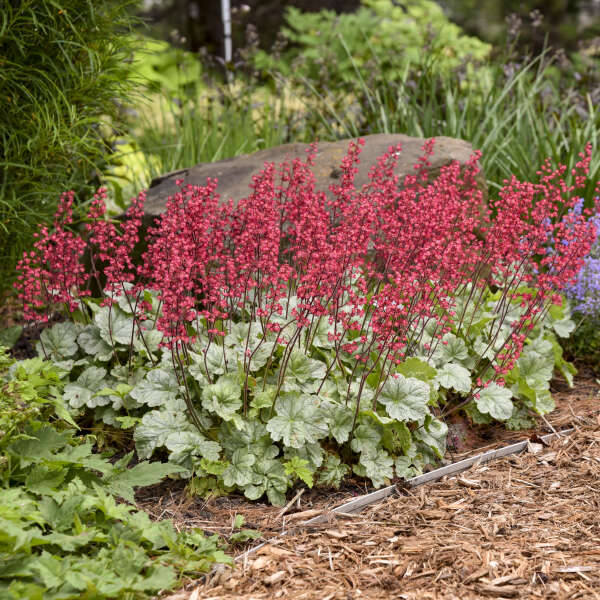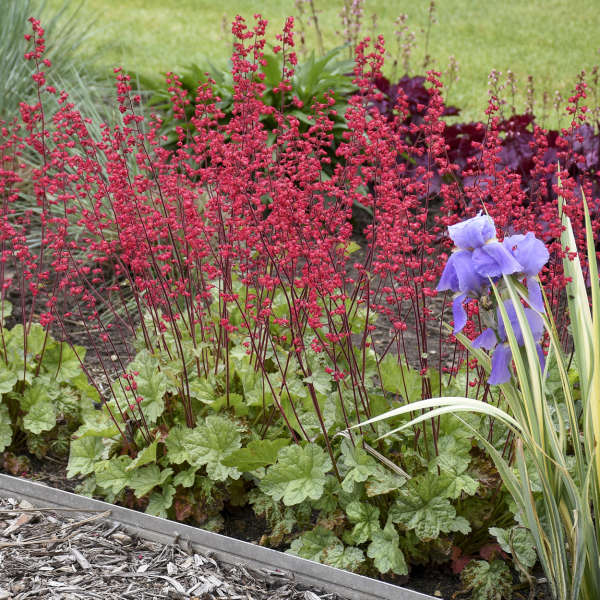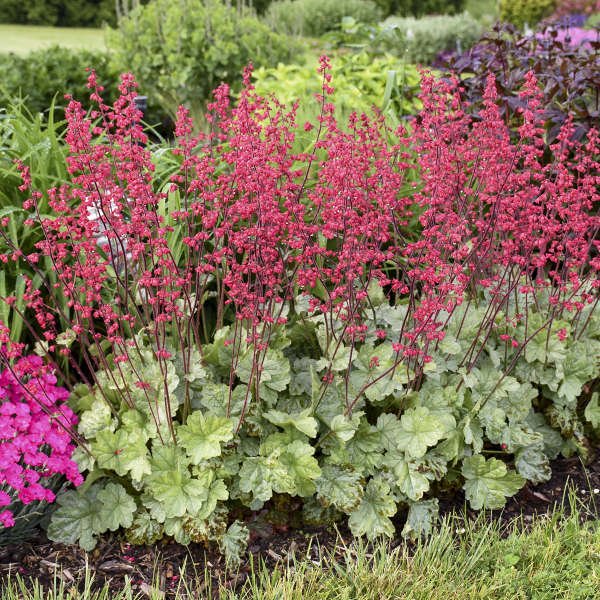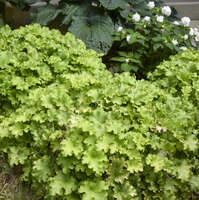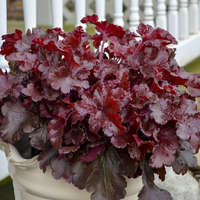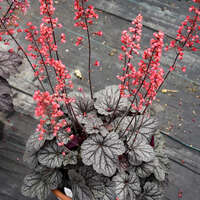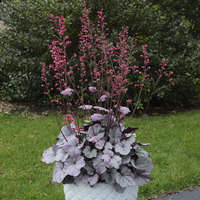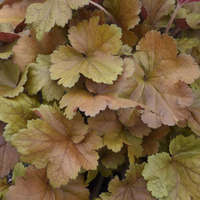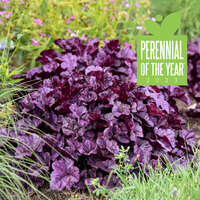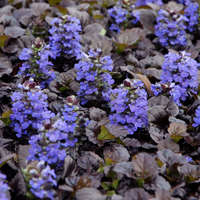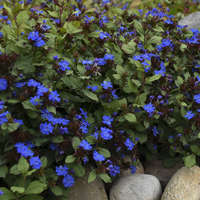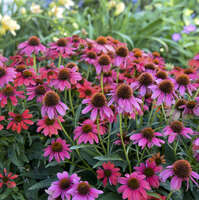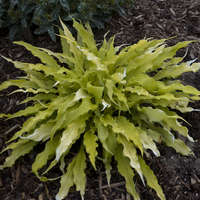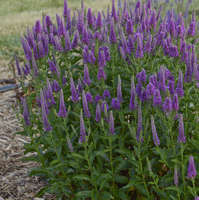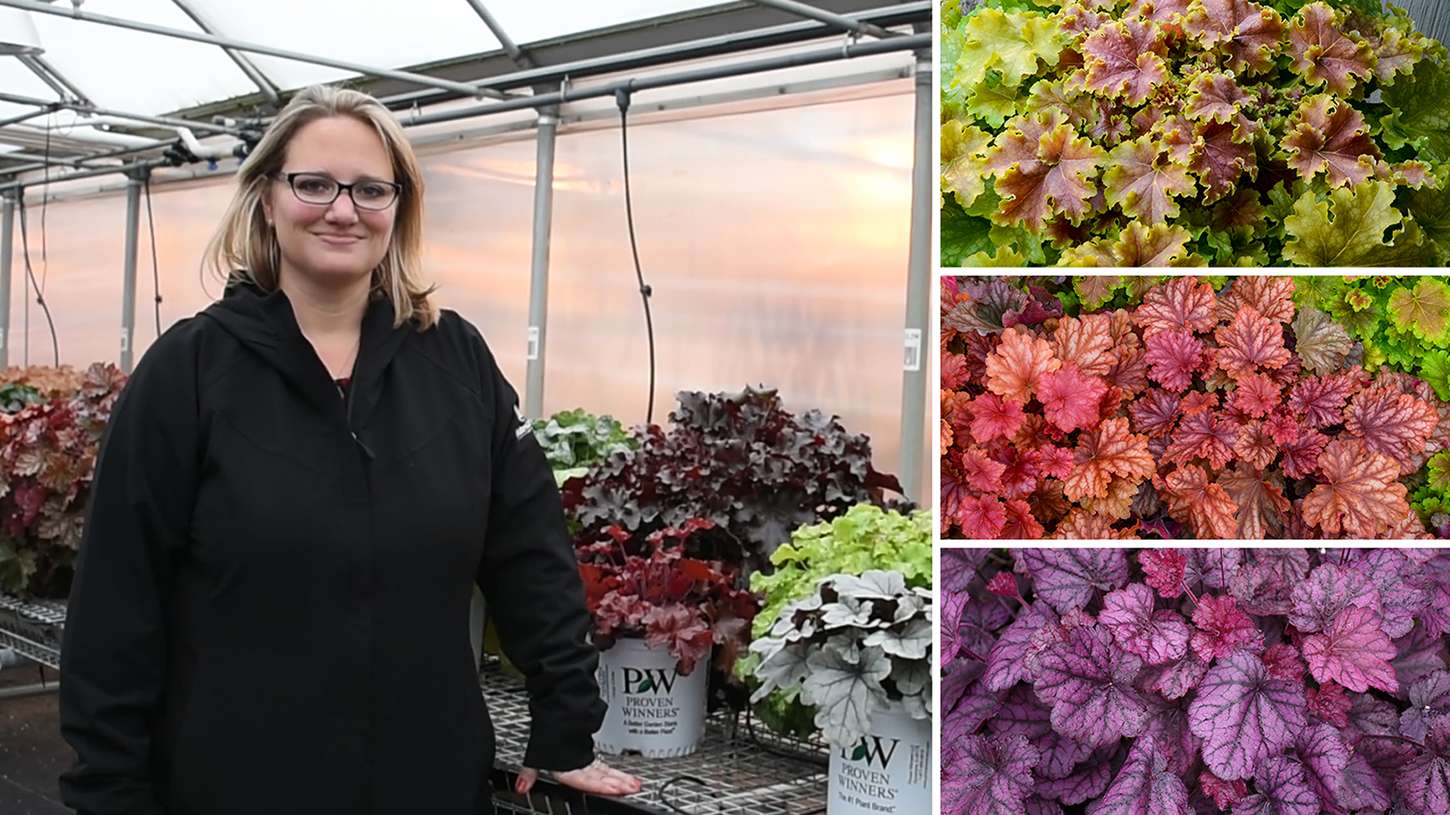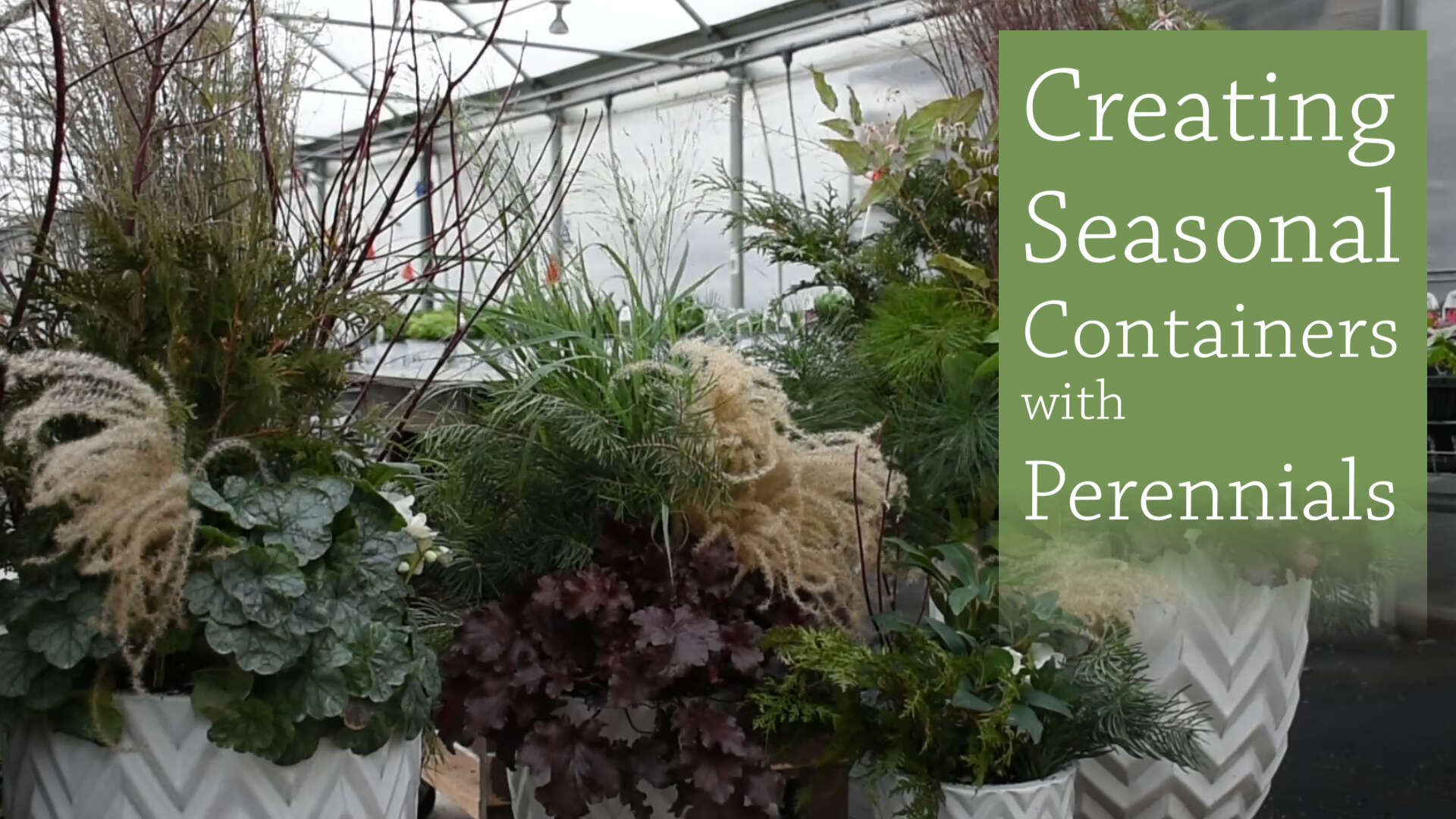Heuchera 'Spearmint' CPBR6868 PP31281
DOLCE® series



Common Name: Coral Bells
Just like the popular 'Silver Gumdrop', this Heuchera boasts both beautiful foliage and excellent flower performance. Silvery green leaves have dark green veins. Compared to 'Appletini', this is a rich, deep shade of green rather than chartreuse yellow. Although the foliage is attractive by itself, what really makes this plant stand out is the fabulous long season of bloom. The flowers are bicolor, with dark pink petal tips and light pink bases are produced early to midsummer. Stunning!
Coral bells are easy to grow and blend easily with most other perennials in the landscape. Because of their low, mounding habit, they are often used as edging along paths or in containers. Try cutting a few of the tall flower scapes for fresh bouquets.
The DOLCE® trademark is owned by Walters Gardens, Inc.
20ct Plug Tray |
72ct Plug Tray |
